@pruebas said:
Speaking of Russia…. I bought three plaster replicas of rare Mexican coins supposedly made by the Hermitage Museum in the 1960s at the request of a Mexican researcher who was communicating with them.
This was apparently the way museums shared coin details back then (at least in the USSR) rather than photos or rubbings.
I believe the plasters were plated in a Mexican numismatic book around 1972.
I should dig out the details and post them here as a fun exhibit.
(I was toying with the idea of donating them to the ANS as a historic artifact.)
I found them. There are six pieces, since they are uniface.
Each has an inventory number on the reverse.
Here are some quick images (some used a flash, sorry).
Zongolica 8R:
(This piece is one of 5 known to exist . It was known that the Hermitage had an example.)
These are cool. I think I was able to find the 1733 by searching the Hermitage website, but not the other two. Theres only the reverse image of the 1733 but i'm not sure it's a match for the plaster. The image shows strike weakness on the top lion and castle while the plaster seems to have more detail preserved. But hard to say for sure.
Would be cool to see a Zongolica in that collection. Hermitage is on my bucket list although with the current political climate it's anyone's guess as to when I would be able to visit.
Very cool, @TwoKopeiki! And the inventory number matches! It’s such a poor photo, but it’s gotta be the same coin as it was accessioned in 1925 from the Count Stroganov Collection. Maybe the others came from there as well.
@pruebas said:
Speaking of Russia…. I bought three plaster replicas of rare Mexican coins supposedly made by the Hermitage Museum in the 1960s at the request of a Mexican researcher who was communicating with them.
This was apparently the way museums shared coin details back then (at least in the USSR) rather than photos or rubbings.
I believe the plasters were plated in a Mexican numismatic book around 1972.
I should dig out the details and post them here as a fun exhibit.
(I was toying with the idea of donating them to the ANS as a historic artifact.)
I found them. There are six pieces, since they are uniface.
Each has an inventory number on the reverse.
Here are some quick images (some used a flash, sorry).
These are fantastic @pruebas, than you for sharing. How are these made? Specifically, what is the negative intermediate used to make the plaster positive? Is this destructive?
@pruebas said:
Speaking of Russia…. I bought three plaster replicas of rare Mexican coins supposedly made by the Hermitage Museum in the 1960s at the request of a Mexican researcher who was communicating with them.
This was apparently the way museums shared coin details back then (at least in the USSR) rather than photos or rubbings.
I believe the plasters were plated in a Mexican numismatic book around 1972.
I should dig out the details and post them here as a fun exhibit.
(I was toying with the idea of donating them to the ANS as a historic artifact.)
I found them. There are six pieces, since they are uniface.
Each has an inventory number on the reverse.
Here are some quick images (some used a flash, sorry).
These are fantastic @pruebas, than you for sharing. How are these made? Specifically, what is the negative intermediate used to make the plaster positive? Is this destructive?
I wish I knew! But since they were made in the 1960s (or 70s) in the USSR, I have no idea. I'm suspecting a clay intermediary or something like that.
I hope this comes out just pasted as just graded by hosts. At first glance appears ordinary BUT this is the only known PROOF 1966 Bahamas Dollar.
It was struck at the Royal Mint and not one of the ordinary "specimen" coins (that are not!). So it is a Royal Mint Record Proof with the only other record being one in the Royal Collection in UK. Not in any catalogue and presumed excessively rare as I have never seen another. Also in this set were the other EIGHT coins also in proof...
Love that Milled British (1830-1960) Well, just Love coins, period.
A couple of new additions from the USMexNA show in Arizona this weekend:
1803-TH 8 Reales from Mexico City in NGC MS61 plastic. Nice luster and a touch of color. Scarcer assayer initials for 1803 and a tough coin to find in nice MS.
Roman, very nicely struck obv for the very, very scarce 1803 MoTH - my observation has been that they're typically slightly concave planchets and thus present with a flatly struck portrait (casually, seems like it's always that direction).
Is it indeed a bit reflective in hand? It really looks pretty nice for that N61 grade just from the video.
@realeswatcher said:
Roman, very nicely struck obv for the very, very scarce 1803 MoTH - my observation has been that they're typically slightly concave planchets and thus present with a flatly struck portrait (casually, seems like it's always that direction).
Is it indeed a bit reflective in hand? It really looks pretty nice for that N61 grade just from the video.
Thanks Brian. It's very lustrous with a bit of reflectivity. And to your point - a much better struck example of this date/assayer than usually comes around. Very happy to add this one to the collection. In terms of the grade, there's a small wipe on the reverse between the right pillar and "PAN" in "HISPAN". I'll load a proper video tonight vs the quickly shot one at the show. You'll see what I mean and why it's likely would not bump up in grade.
I dont think I’ve shared this before. According to my notes I picked this up at the 2011 Spring Vienna, VA coin show for $5. Had it in the 2x2 I bought it in until earlier this year when I used one of my free subs to send it to our hosts. It’s now the PCGS plate coin, (though TV white balance is a tad off imho)
This came from the recent Kirk Menczer Collection of Mexican Decimal Minors at Stacks Bowers.
I’ve been collecting patterns and trials for more than 25 years, and I’ve never seen nor heard of another, though it is catalogued in Buttrey-Hubbard.
So yes, I bought a Details coin!
This series of copper trials dated 1869 (or 1870) almost always come banged up in some way. It would be extremely special to get a straight-graded example.
Got these back today. Bought them at the ANA show and left them with PCGS at the show. It might be hard to believe but the 10 Centavos is even better in hand.
Another very rare Chilean copper pattern. The 20c has a documented population of 2, one from Longacres estate and one Linderman estate. A few examples are in the Banco de Chile which were probably samples sent by Longacre.
Along with the Silver peso, the 20c in copper is the rarest of the 1867-1868 patterns.
This coin was in the recent HA showcase of coins which came from the Henry Christensen estate, though aren’t noted as such. This particular piece is ex Brand/Norweb, also not noted in the auction.
@MEJ7070 said:
Was scrolling through this auction and definitely thought to myself…..”I wonder if @Boosibri is gonna be on this one….”
Nice pickup! Surprised that Heritage would miss an opportunity to assign the Norweb pedigree. Not surprised that you didn’t!
I’ve told them before the provenance on coins they list (that aren’t for me) and they never add it. There is one Chilean piece coming up with the same provenance and they never updated with the info I provided. Oh well!
Picked this one up a short while ago. Been slowly chipping away at building a World Coins Circulating in Early America registry set (thanks to you guys).
Unfortunately the TV doesn’t quite do this one justice. Rim color on both sides is more prevalent than the pics allow.
Did not think I would get drawn in to "hand struck" Guatemalan cobs, but the story behind these issues is so cool, and this is of appropriate weight, and Richard August put together such a fine collection, I could not resist:
Sedwick calls this a "tilted 3" variety, and there clearly are at least two reverse (? - pillars side anyways) dies for the 1736 G J 1R. The other has an "upright" 3:
@Plus00Vltra I didn’t think I’d get drawn into them either, I was just planning on a type set, but here we are…these are pretty much just the ones that went SO cheap I couldn’t pass them up. Except the 1733, paid out the nose! 😂
Yes, it is not Thursday... but tonight at Sedwick's I bought my second assayer F coin from the Carlos & Juana series. There are about 36 coins known for the assayer (half, one, two, and four reales) that was on service for a couple of months circa 1539 or 1540. The large majority of collections have none, I have two!!! The other being a one real thay came to me by @MrEureka . Ex Clyde Hubbard and Sedwig Downing.
@Abuelo said:
Yes, it is not Thursday... but tonight at Sedwick's I bought my second assayer F coin from the Carlos & Juana series. There are about 36 coins known for the assayer (half, one, two, and four reales) that was on service for a couple of months circa 1539 or 1540. The large majority of collections have none, I have two!!! The other being a one real thay came to me by @MrEureka . Ex Clyde Hubbard and Sedwith Downing.
Interestingly crude die work! Is that unusual for Guadalajara in that era?
Well, Guadalajara is a difficult mint as in my experience, surviving coins are hard to find in decent, or any, shape. But I leave here some examples so you can tell:
I would think the quality was fair. Of course that 10 centavos saw heavy circulation.
Comments
Very cool, @TwoKopeiki! And the inventory number matches! It’s such a poor photo, but it’s gotta be the same coin as it was accessioned in 1925 from the Count Stroganov Collection. Maybe the others came from there as well.
https://hermitagemuseum.org/what-s-on/6959c2c2e8291ddf42f95872ca55cc6c?lng=en
I tried searching for the others using the inventory numbers but without any luck as well.
Could they have been deaccessioned or stolen since the fall of the USSR?
These are fantastic @pruebas, than you for sharing. How are these made? Specifically, what is the negative intermediate used to make the plaster positive? Is this destructive?
I wish I knew! But since they were made in the 1960s (or 70s) in the USSR, I have no idea. I'm suspecting a clay intermediary or something like that.
Britain stopped minting four pence coins (known as groats) for home use in 1855.
Britain minted four pence coins for British Guiana from 1888 to 1945.
British Guiana Fourpence 1936
Silver, 17.0 mm, 1.87 gm
British Guiana Fourpence 1944
Silver, 17.0 mm, 1.87 gm
The Mysterious Egyptian Magic Coin
Coins in Movies
Coins on Television
That coin has a great look!
My YouTube Channel
Bolivar
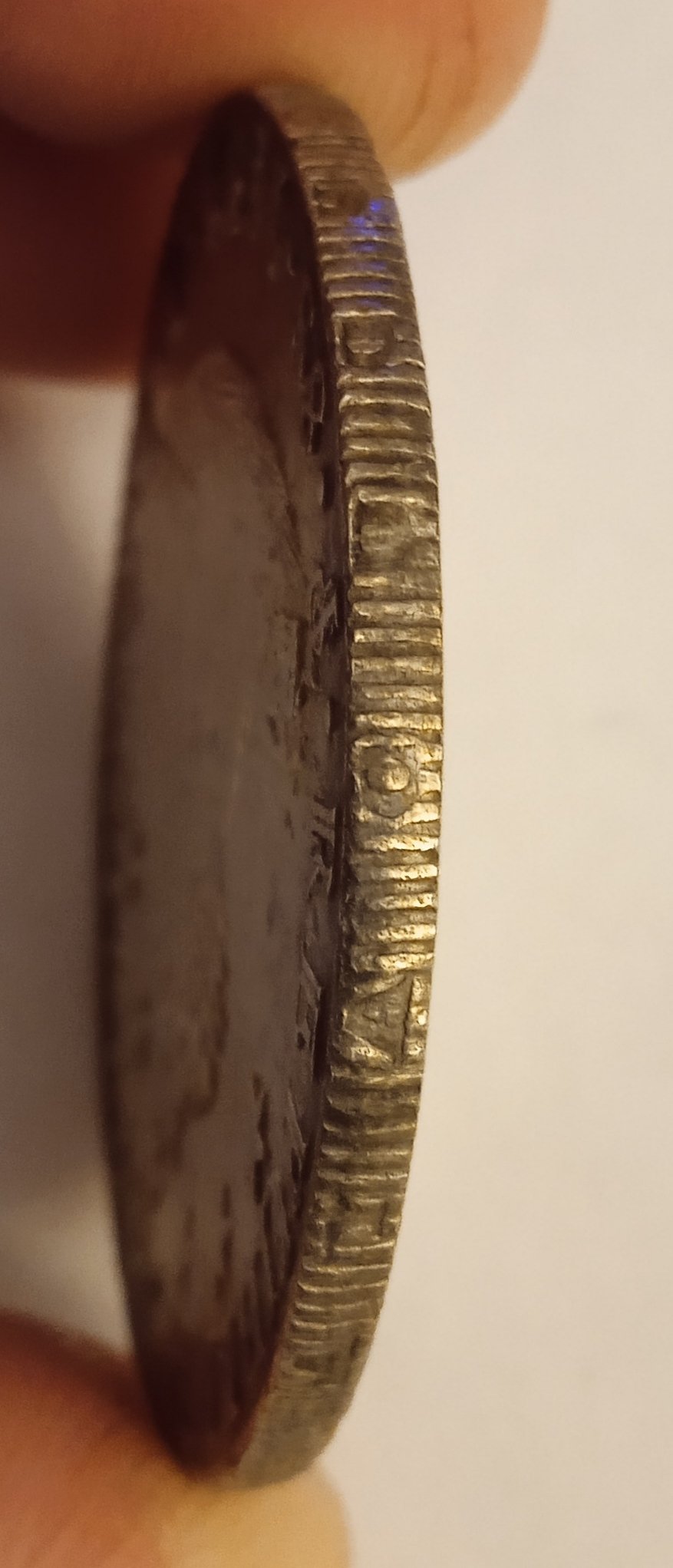
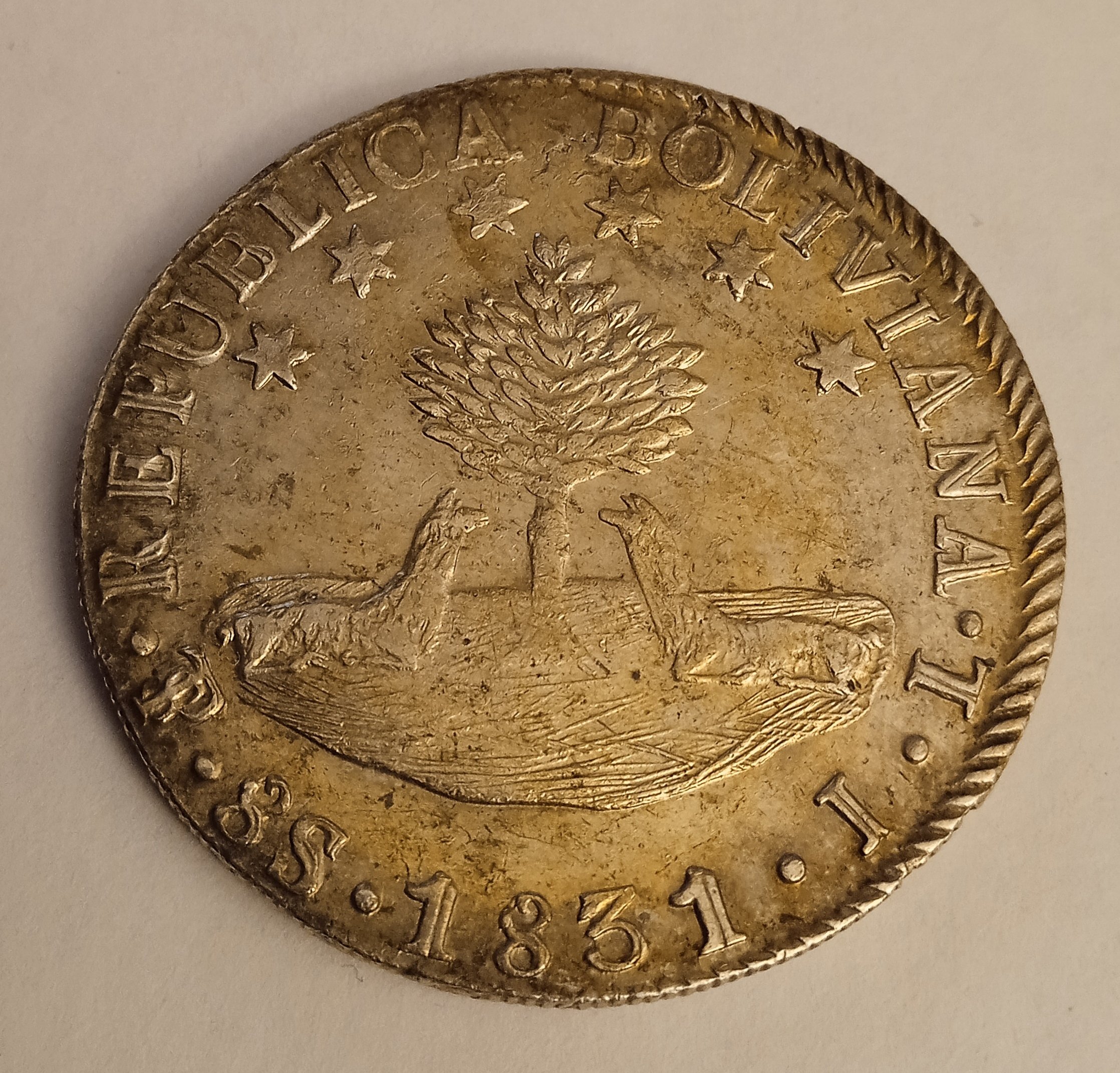
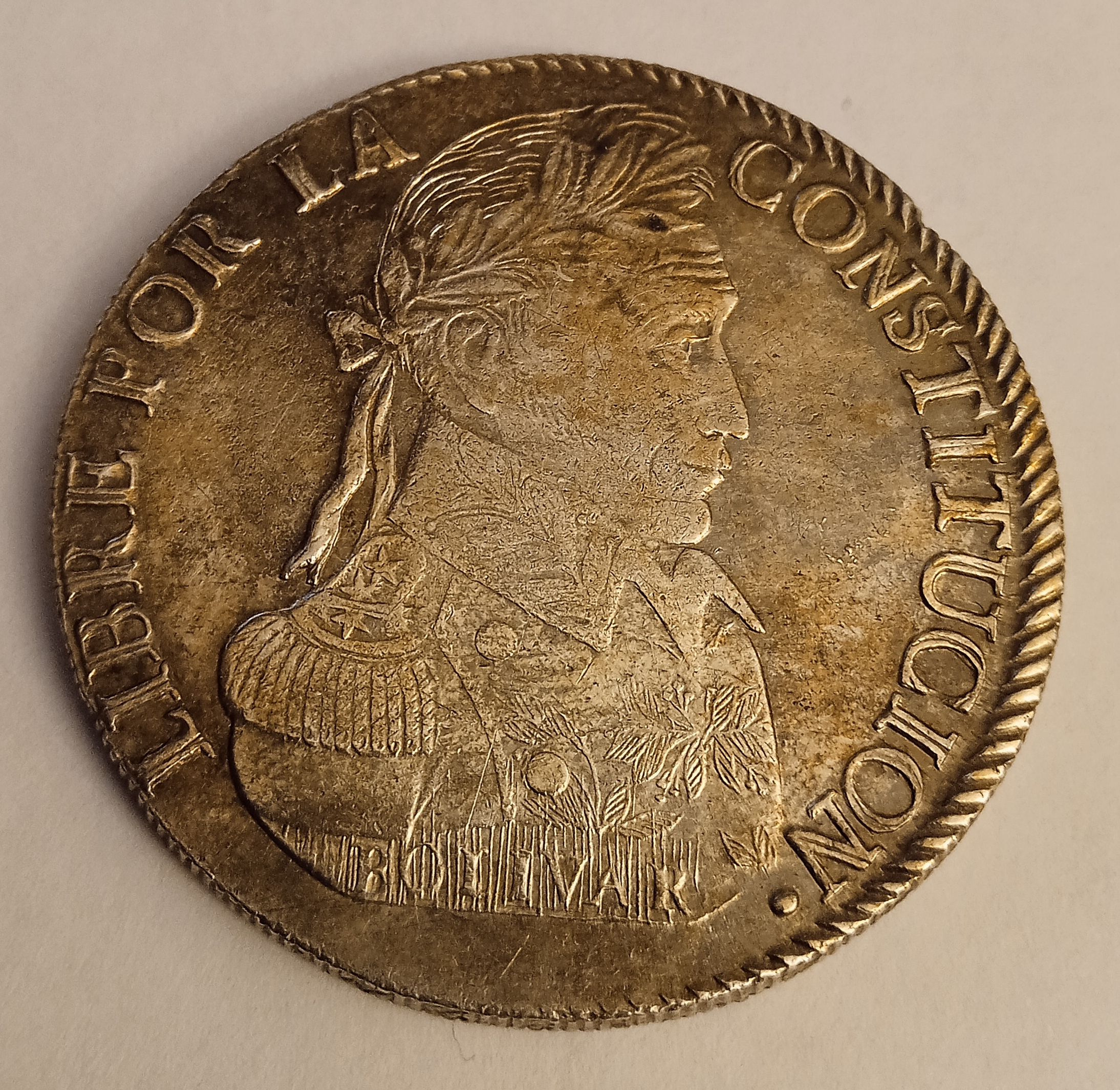
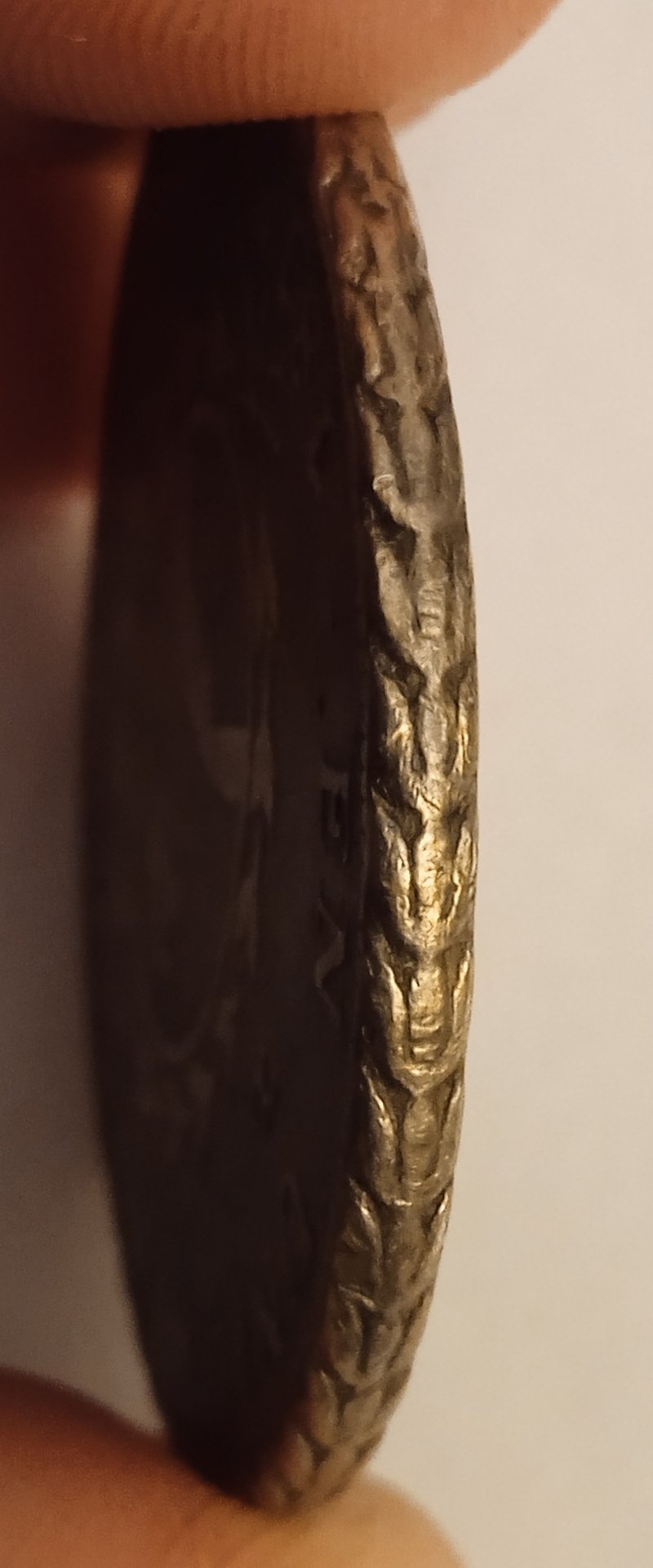
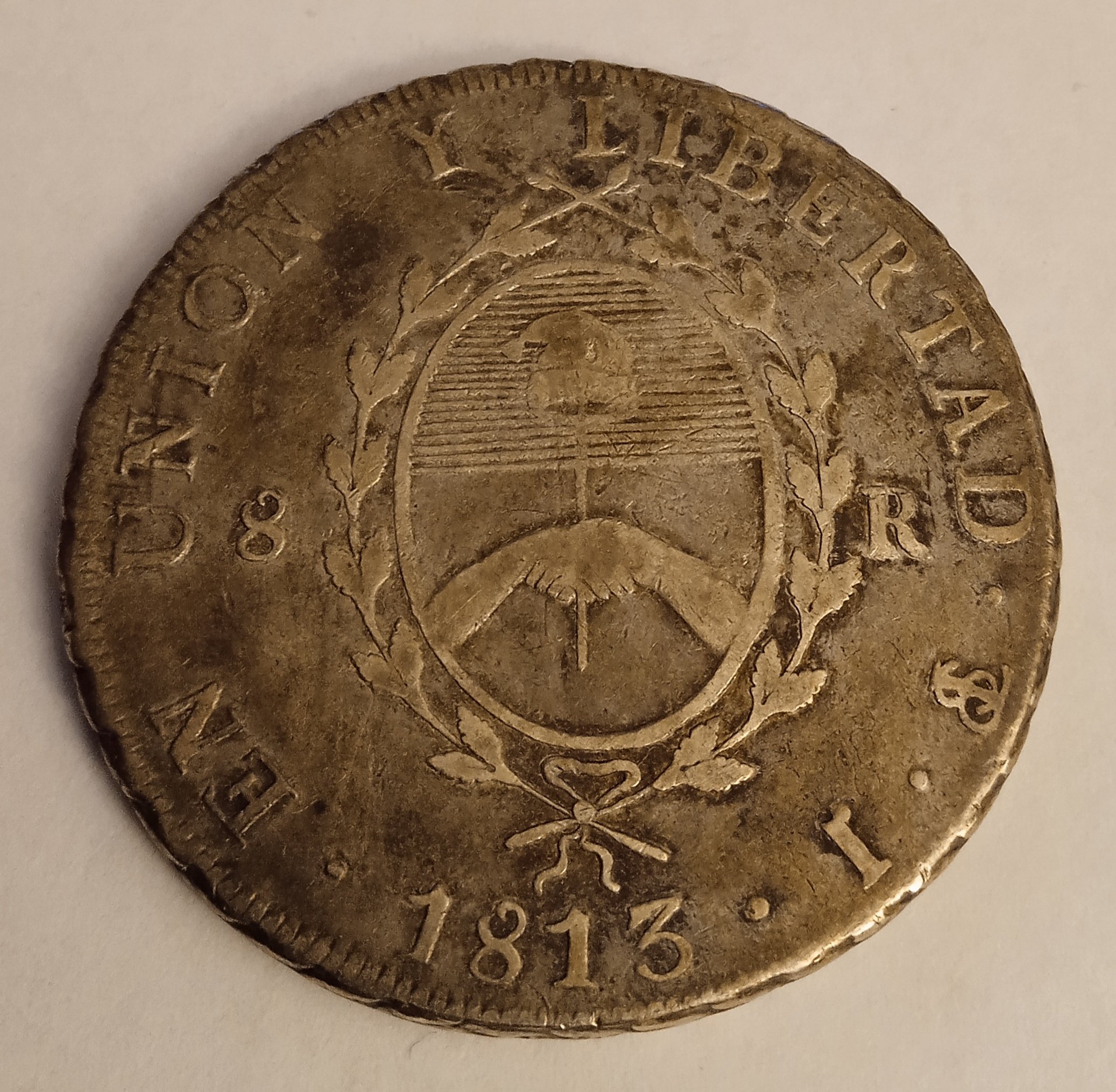
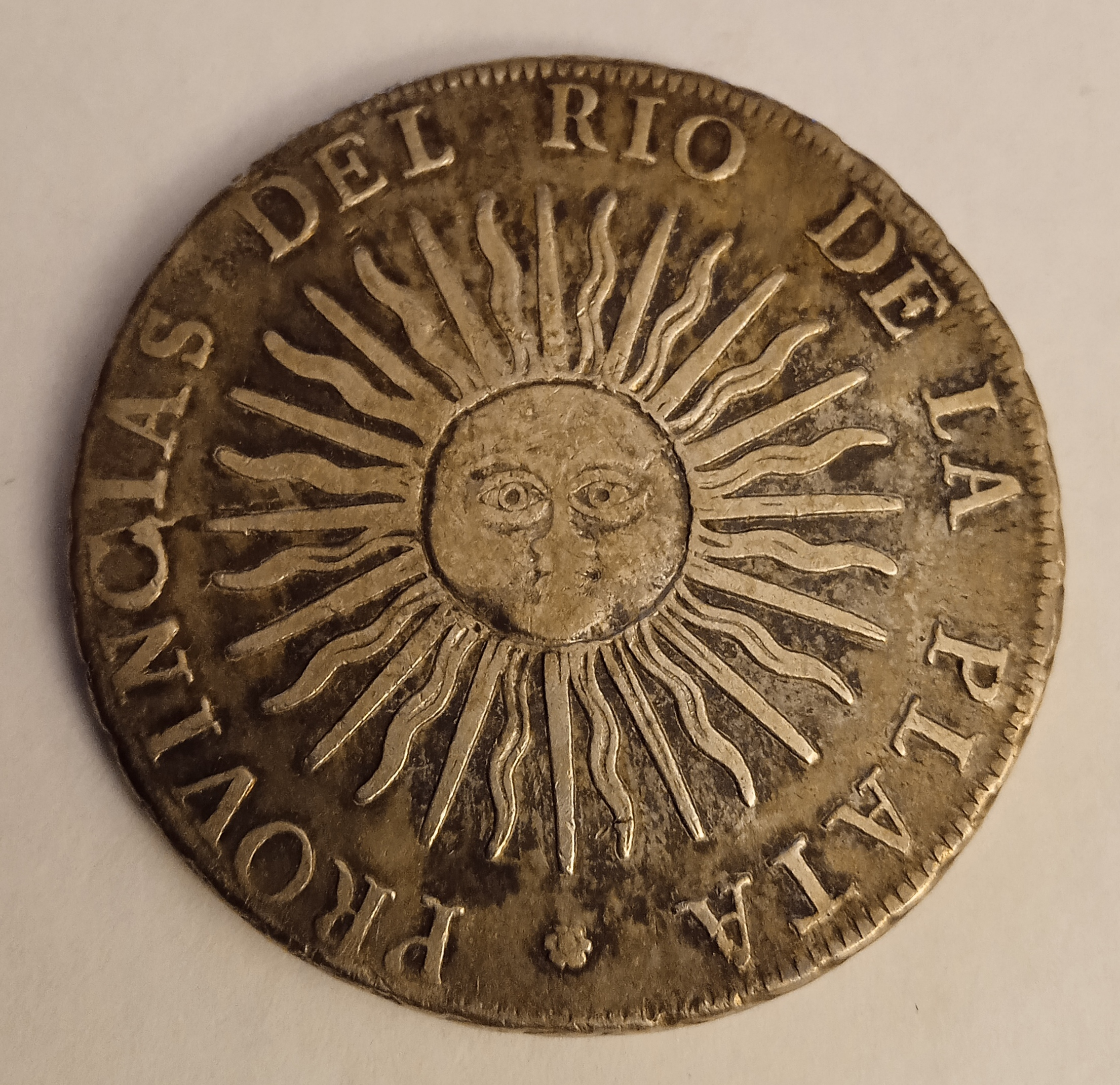
Argentina
Peace.
Happy Thursday! There we have the NGC Top Pop of the week
Only 3 graded.
I can’t find another example of this pattern. Perhaps unique?
Latin American Collection
Congrats.
It looks somewhat like an Italian design. Peru has some Italian patterns, so not out of the question.
Is it catalogued anywhere?
Not cataloged anywhere nor is it listed in the Case de Moneda de Santiago book
Latin American Collection
I hope this comes out just pasted as just graded by hosts. At first glance appears ordinary BUT this is the only known PROOF 1966 Bahamas Dollar.
It was struck at the Royal Mint and not one of the ordinary "specimen" coins (that are not!). So it is a Royal Mint Record Proof with the only other record being one in the Royal Collection in UK. Not in any catalogue and presumed excessively rare as I have never seen another. Also in this set were the other EIGHT coins also in proof...
Well, just Love coins, period.
South and North - Buenos Ayres and Canada. I have no idea why these were cut down, but make a pair in my collection. Happy Thursday!
Pacific Northwest Numismatic Association
A couple of new additions from the USMexNA show in Arizona this weekend:
1803-TH 8 Reales from Mexico City in NGC MS61 plastic. Nice luster and a touch of color. Scarcer assayer initials for 1803 and a tough coin to find in nice MS.
https://www.instagram.com/reel/DP5bf9LDuu1/?igsh=MTZ1Zzg2YXptZGR6eQ==
Second one was a surprise raw find. 1779 comes nice and this coin is no exception. MS with some toning.
https://www.instagram.com/reel/DP7dh_Uj3rP/?igsh=YW55N2k4bjM0N3p5
Roman, very nicely struck obv for the very, very scarce 1803 MoTH - my observation has been that they're typically slightly concave planchets and thus present with a flatly struck portrait (casually, seems like it's always that direction).
Is it indeed a bit reflective in hand? It really looks pretty nice for that N61 grade just from the video.
Thanks Brian. It's very lustrous with a bit of reflectivity. And to your point - a much better struck example of this date/assayer than usually comes around. Very happy to add this one to the collection. In terms of the grade, there's a small wipe on the reverse between the right pillar and "PAN" in "HISPAN". I'll load a proper video tonight vs the quickly shot one at the show. You'll see what I mean and why it's likely would not bump up in grade.
I dont think I’ve shared this before. According to my notes I picked this up at the 2011 Spring Vienna, VA coin show for $5. Had it in the 2x2 I bought it in until earlier this year when I used one of my free subs to send it to our hosts. It’s now the PCGS plate coin, (though TV white balance is a tad off imho)
1962 Panama 25 centavos (MS 67)
This came from the recent Kirk Menczer Collection of Mexican Decimal Minors at Stacks Bowers.
I’ve been collecting patterns and trials for more than 25 years, and I’ve never seen nor heard of another, though it is catalogued in Buttrey-Hubbard.
So yes, I bought a Details coin!
This series of copper trials dated 1869 (or 1870) almost always come banged up in some way. It would be extremely special to get a straight-graded example.
Well done @pruebas
Detail graded coins are not the end of the world...
Yes, Thursday, my first victim from the Menczer sale.
This is the only coin graded for the year, mint, and assayer. It is not details, but being the only one, it would be no problem at all if it were.
Happy Thursday everyone!
Got these back today. Bought them at the ANA show and left them with PCGS at the show. It might be hard to believe but the 10 Centavos is even better in hand.
Really nice @johnjohn10
New addition to the varieties collection today from Ibercoin. I posted about discovering this legend error variety in this thread: https://forums.collectors.com/discussion/1113960/dont-see-this-legend-error-every-day-5-28-update and today I was able to acquire the second example of this die. It's in an NGC details (Chopmarked) holder and lacking the error attribution.
Happy Thursday!
Hermosillo 25 centavos, as hard as they come.
Or this Guadalajara 10 centavos. So rare is not even listed in Krause. Never knew it even existed...
I'm BACK!!! Used to be Billet7 on the old forum.
Hard to believe that Mexico had such rarities in the 1870s (and 1880s). But there are many.
Latin American Collection
@Boosibri congratulations!
Stunning Bermuda Dollar!
Another very rare Chilean copper pattern. The 20c has a documented population of 2, one from Longacres estate and one Linderman estate. A few examples are in the Banco de Chile which were probably samples sent by Longacre.
Along with the Silver peso, the 20c in copper is the rarest of the 1867-1868 patterns.
This coin was in the recent HA showcase of coins which came from the Henry Christensen estate, though aren’t noted as such. This particular piece is ex Brand/Norweb, also not noted in the auction.
Latin American Collection
Was scrolling through this auction and definitely thought to myself…..”I wonder if @Boosibri is gonna be on this one….”
Nice pickup! Surprised that Heritage would miss an opportunity to assign the Norweb pedigree. Not surprised that you didn’t!
I’ve told them before the provenance on coins they list (that aren’t for me) and they never add it. There is one Chilean piece coming up with the same provenance and they never updated with the info I provided. Oh well!
Latin American Collection
Picked this one up a short while ago. Been slowly chipping away at building a World Coins Circulating in Early America registry set (thanks to you guys).
Unfortunately the TV doesn’t quite do this one justice. Rim color on both sides is more prevalent than the pics allow.
XF 40
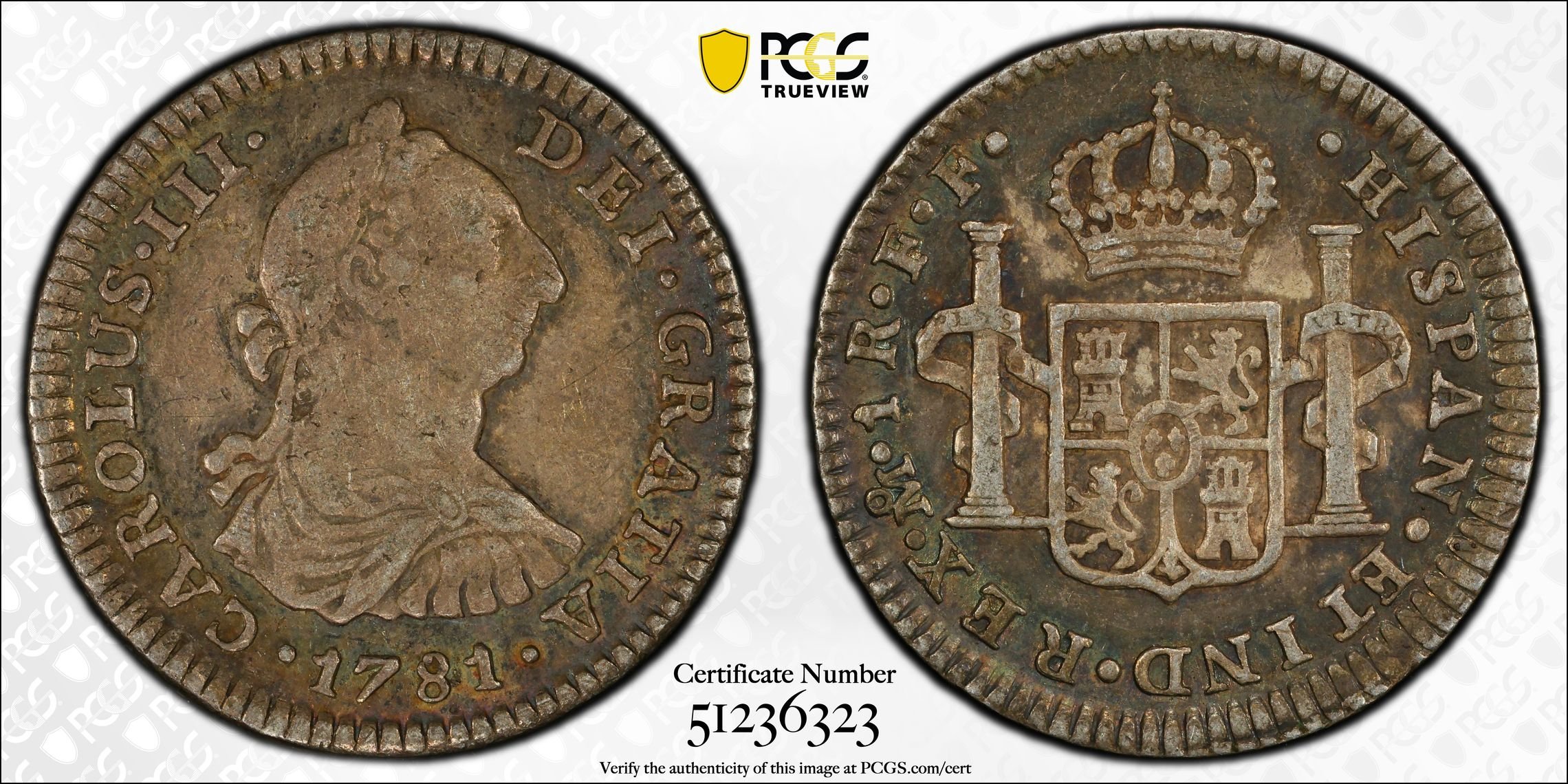
@Boosibri as I told you elsewhere, if there are 2 coins it is one too many...
Did not think I would get drawn in to "hand struck" Guatemalan cobs, but the story behind these issues is so cool, and this is of appropriate weight, and Richard August put together such a fine collection, I could not resist:
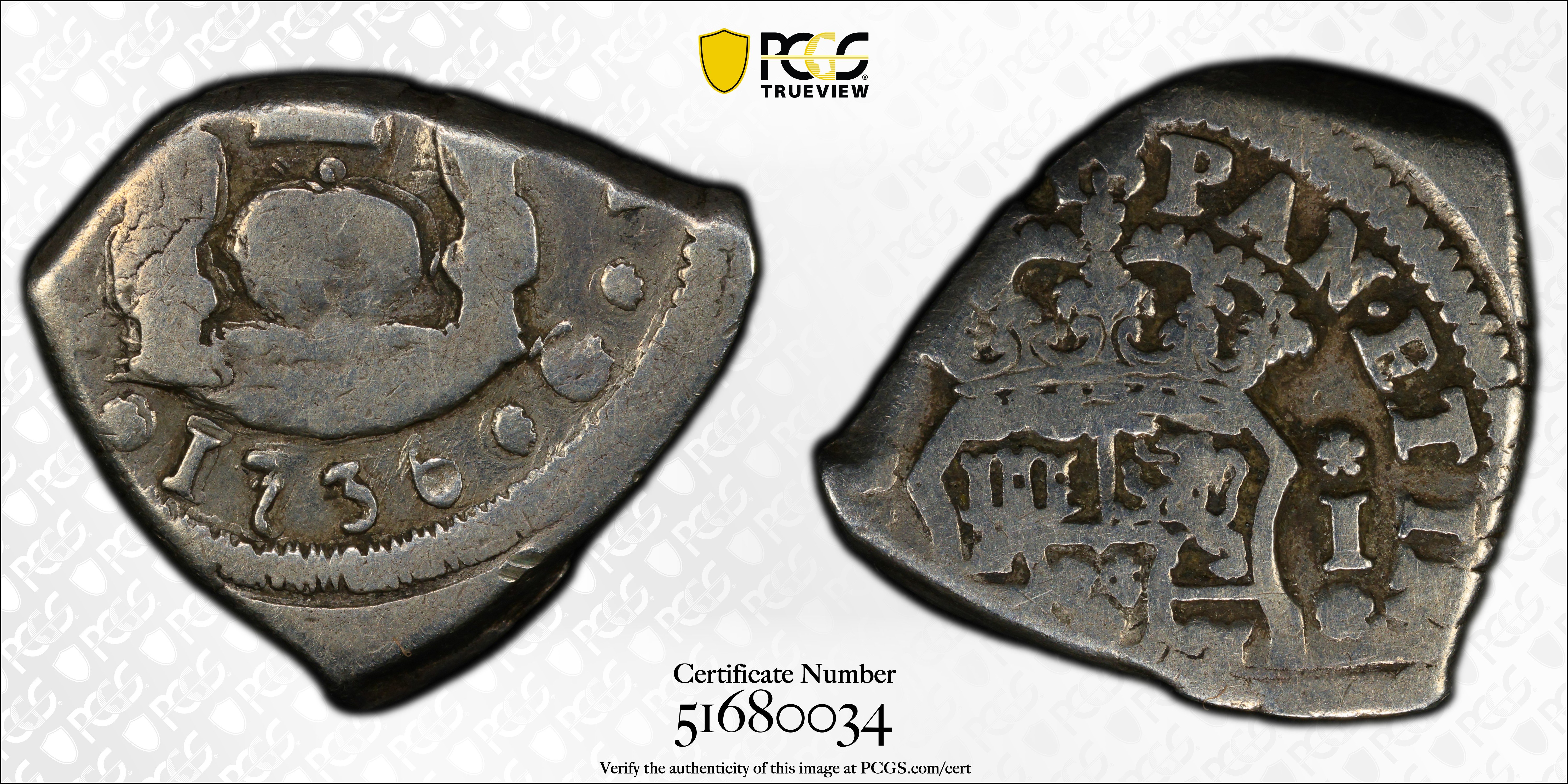
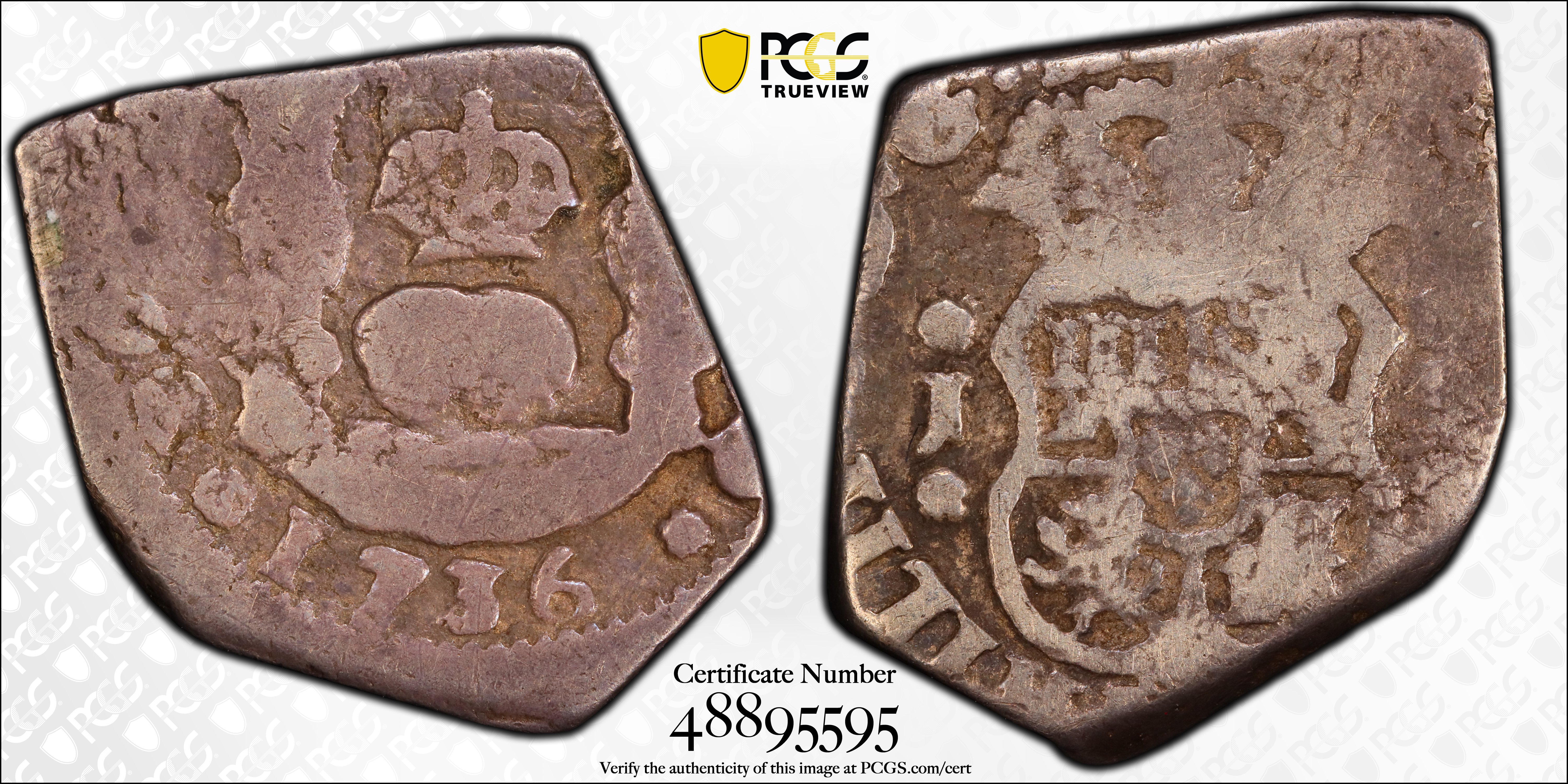
Sedwick calls this a "tilted 3" variety, and there clearly are at least two reverse (? - pillars side anyways) dies for the 1736 G J 1R. The other has an "upright" 3:
@Plus00Vltra I didn’t think I’d get drawn into them either, I was just planning on a type set, but here we are…these are pretty much just the ones that went SO cheap I couldn’t pass them up. Except the 1733, paid out the nose! 😂
I'm BACK!!! Used to be Billet7 on the old forum.
I'm BACK!!! Used to be Billet7 on the old forum.
My one cob from Richard August
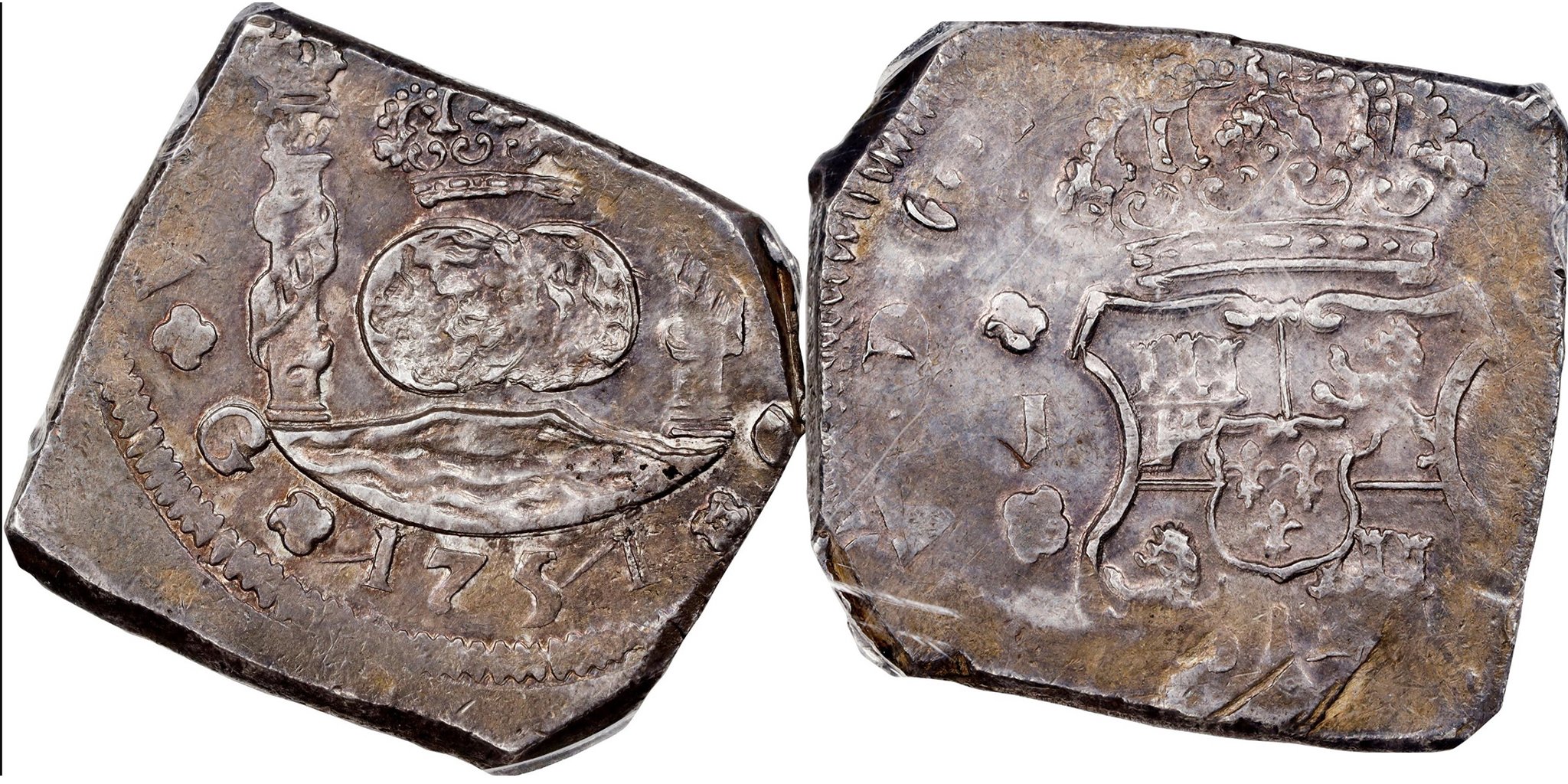
Latin American Collection
Glad @SimonW and I were not the only ones with a weakness for these!
I feel like his weakness is greater than our weakness 😂
I'm BACK!!! Used to be Billet7 on the old forum.
My recent momentary lapse of weakness.
I have a very strict gun control policy: if there's a gun around, I want to be in control of it - Clint Eastwood
@FistFullOfDollars what a beautiful coin!
Yes, it is not Thursday... but tonight at Sedwick's I bought my second assayer F coin from the Carlos & Juana series. There are about 36 coins known for the assayer (half, one, two, and four reales) that was on service for a couple of months circa 1539 or 1540. The large majority of collections have none, I have two!!! The other being a one real thay came to me by @MrEureka . Ex Clyde Hubbard and Sedwig Downing.
Very rare! Quite an addition, congratulations!
I'm BACK!!! Used to be Billet7 on the old forum.
Congrats @Abuelo. Very cool!
A coin I like a lot but frankly view as overgraded by at least a point.
NGC AU 58
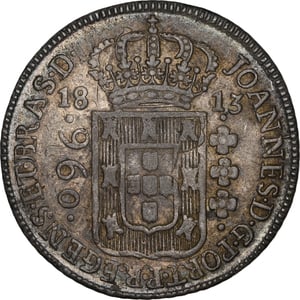
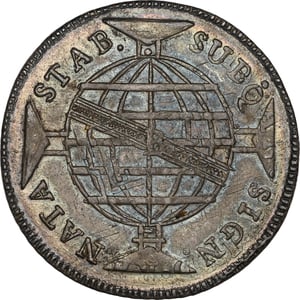
Happy Thanksgiving everyone!
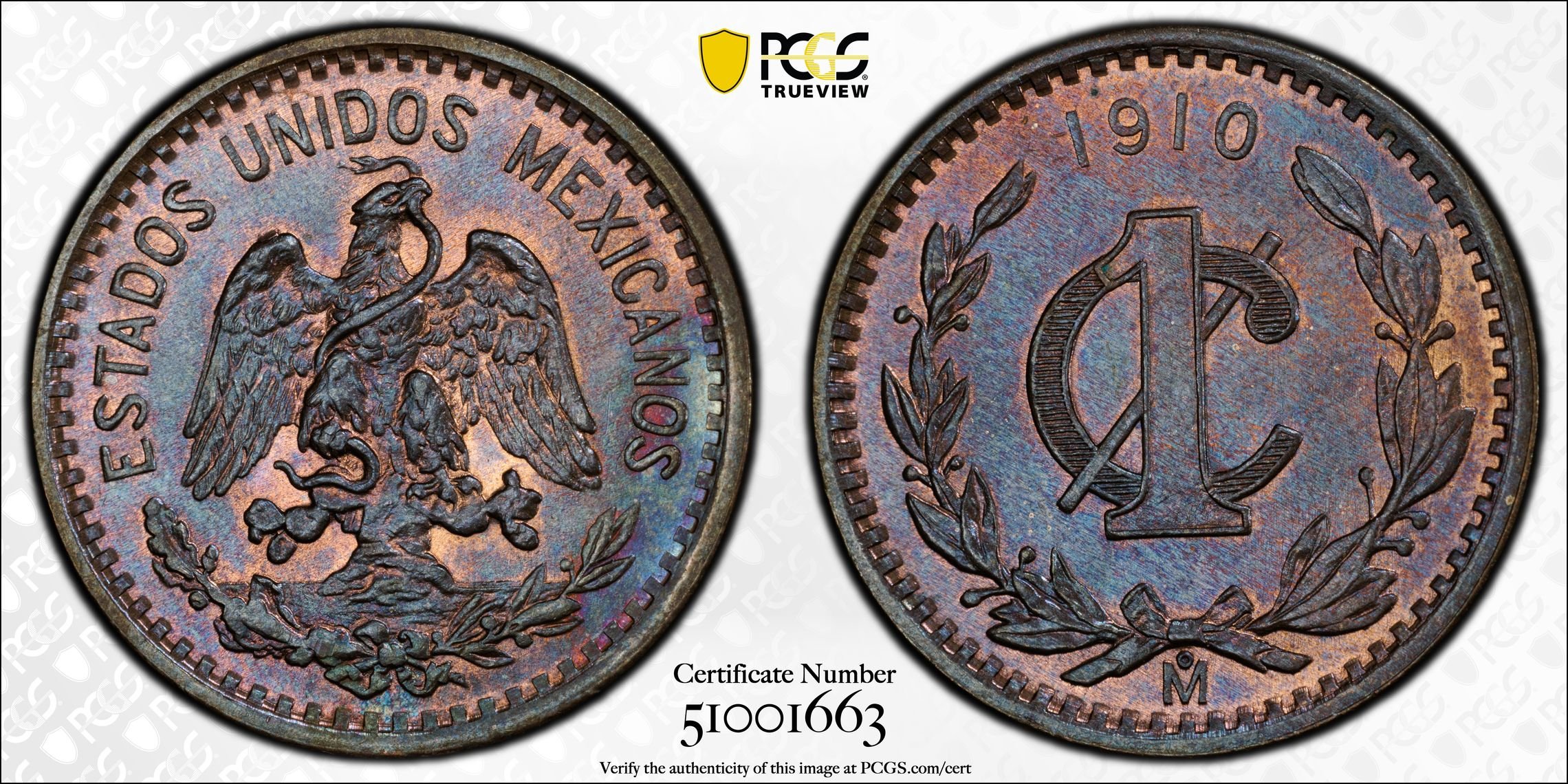
Unusual to see that much red on a 1910. You have a great eye for coins.
Interestingly crude die work! Is that unusual for Guadalajara in that era?
Doggedly collecting coins of the Central American Republic.
Visit the Society of US Pattern Collectors at USPatterns.com.
>
Well, Guadalajara is a difficult mint as in my experience, surviving coins are hard to find in decent, or any, shape. But I leave here some examples so you can tell:
I would think the quality was fair. Of course that 10 centavos saw heavy circulation.
Here are a few more:
Doggedly collecting coins of the Central American Republic.
Visit the Society of US Pattern Collectors at USPatterns.com.